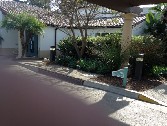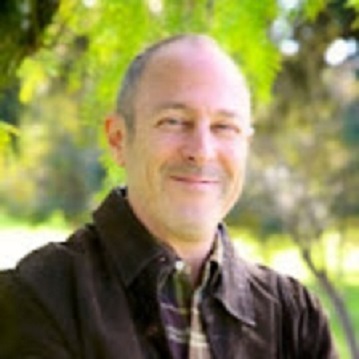IEEE/ASME 18 December 2019 Dinner Event
IEEE Central Coast & ASME Channel Islands Event – 18 December 2019 @ 6PM
Dennis Horwitz, VP Sales & Marketing Micronor, Presents:
Awesome Photons – A Fiber Optic Technology Update

Agenda
6:00 PM – Hors d'oeuvres
6:25 PM – Banquet Dinner (Menu below)
7:00 PM – Fiber Optics Presentation
Date and Time
Location
Hosts
Registration
-
 Add Event to Calendar
Add Event to Calendar
- Mulligan's @ Santa Barbara Golf Club
- 3500 McCaw Ave
- Santa Barbara, California
- United States 93105
- Room Number: Large Banquet Room
- Contact Event Host
- Co-sponsored by ASME Channel Islands
Speakers
 Dennis Horwitz of American Society of Mechanical Engineers
Dennis Horwitz of American Society of Mechanical Engineers
Awesome Photons – A Fiber Optic Technology Update
Fiber optics has revolutionized the world of communications since its commercial inception nearly 4 decades ago. In 1970, Corning Glass researchers Robert Maurer, Donald Keck, and Peter Schultz invented fiber optic wire or "Optical Waveguide Fibers" (patent #3,711,262) capable of carrying 65,000 times more information than copper wire. This wire allowed for information carried by a pattern of light waves to be decoded at a destination even a thousand miles away. Then in 1977, the first optical telephone communication system was installed about 1.5 miles under downtown Chicago. Each optical fiber carried the equivalent of 672 voice channels. Today, the Los Angeles-to-Hong Kong Pacific Light Cable Network spans 13,000+ km of ocean between Los Angeles to Hong Kong supporting 144 Tb/s or the equivalent 2.25 billion voice channels.
Fiber optics is more than pushing high speed data over long distances but the technology has been used to create unique sensors that have enabled many new applications and enhanced capabilities. Lesser known is how fiber optic technology is being applied in manufacturing, energy, aerospace, transportation, medicine, infrastructure, consumer goods and art.
In this presentation, we will explain how fiber optics works as well as take a look at the current status of fiber optic technology and its many usual and unusual applications. A strand of glass fiber - or even that of plastic - has more uses than meets the eye. But, it all comes down to how this unique medium conducts light in so many different ways.
Biography:
Dennis Horwitz received his B.S.E.E. and M.S.E.E. degrees from the University of California at Los Angles and has more than 40 years’ experience in fiber optic research and development, product development, standards development, sales, and marketing of fiber optic test equipment, sensors and components. He was co-founder of two successful start-ups in fiber optic test and measurement: Photodyne Inc. (1979–1990) and Rifocs Corp. (1990–2003). He is currently co-founder and Vice President of Sales & Marketing for Micronor Inc., (2003 to present) a manufacturer and distributor of fiber optic kinetic sensors for medical and industrial applications. Dennis is also ASME Channel Islands Vice Chair.
Address:United States
Agenda
IEEE/ASME Holiday Banquet MENU
Appetizers - Fresh Vegetable Platter, 7 Layer Mexican Dip with Chips
Salad - House Garden Salad with cranberries, pecans, cheese and tossed in a raspberry vinaigrette
Entrees - Prime Rib & Salmon
Side Dishes - Twice Baked AuGratin Potatoes, Garlic Bread, Mixed Vegetables
Dessert - Homemade Bread Pudding with Praline Sauce
Coffee Served After Dinner

